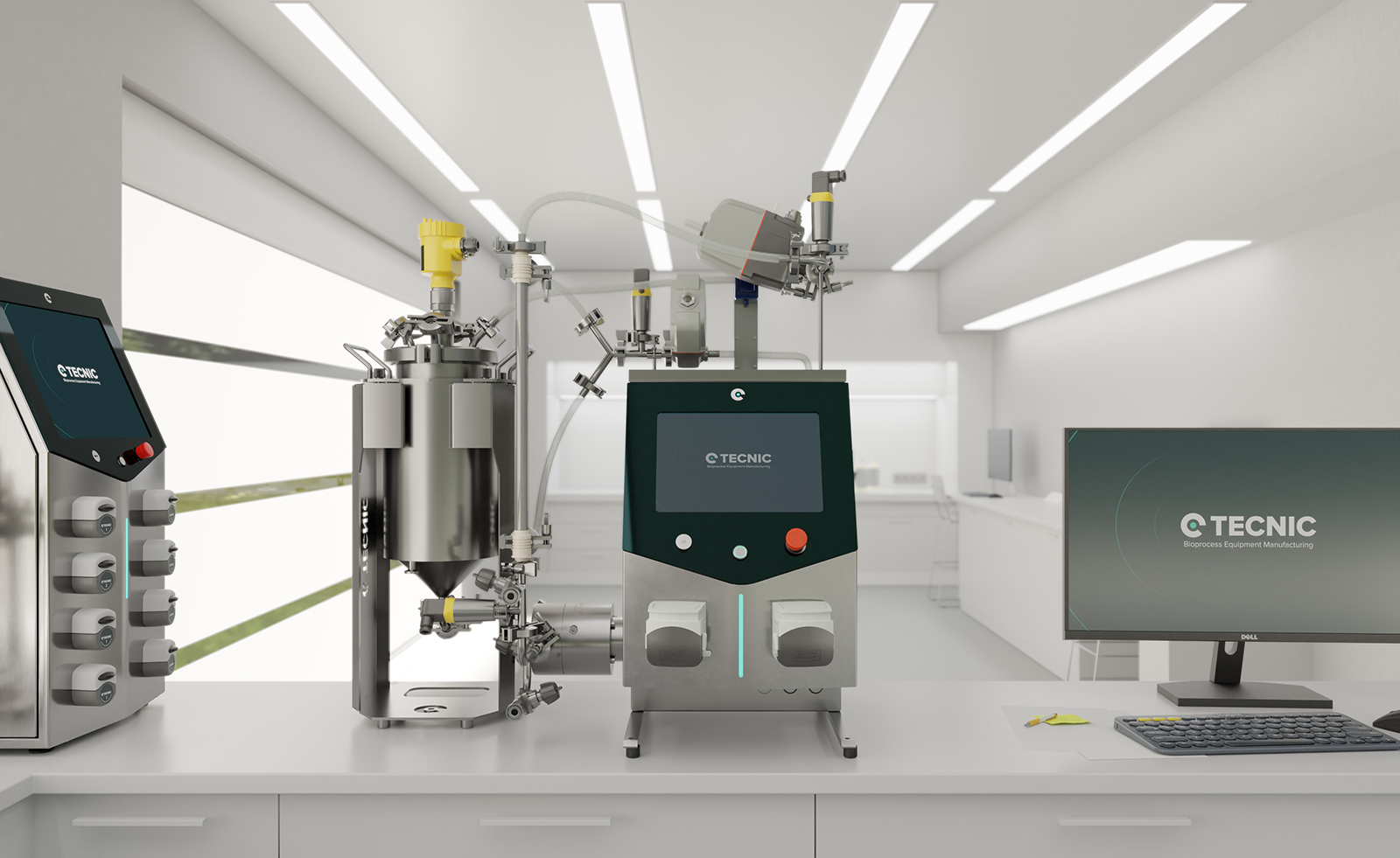Antimicrobial resistance has become one of the greatest global health challenges of the 21st century. Antibiotic-resistant bacteria threaten to return us to an era when common infections could be deadly. In this context, it is crucial to understand the causes of this phenomenon and to explore the innovative strategies being developed to combat it.
What is antimicrobial resistance?
Antimicrobial resistance occurs when bacteria change in response to the use of antimicrobial drugs, such as antibiotics. These microorganisms develop mechanisms that allow them to survive exposure to drugs designed to kill them, making it difficult to treat infections and increasing the risk of spreading disease.
Major causes of antimicrobial resistance
- Inappropriate use of antibiotics: Overconsumption and misuse of antibiotics in humans and animals promotes the selection of resistant bacteria.
- Lack of new antibiotics: The decline in the development of new antibiotics limits options for treating resistant infections.
- Inadequate infection control: Poor hygiene and inefficient infection control practices facilitate the spread of resistant bacteria.

Gerard D Wright, CC BY 2.5
Innovative strategies in the fight against resistance
Development of new antibiotics
Although it is a challenging path due to high costs and low financial returns, research into new antibiotics is essential. Biotech and pharmaceutical companies are exploring novel compounds and modifying existing molecules to overcome resistance.
Phage therapies
Although it is a challenging path due to high costs and low financial returns, research into new antibiotics is essential. Biotech and pharmaceutical companies are exploring novel compounds and modifying existing molecules to overcome resistance.
Use of narrow-spectrum antimicrobials
The development and use of antimicrobials that act on specific bacteria minimises the impact on other bacteria and reduces the selective pressure that leads to resistance.
Vaccines
Preventing infections through vaccines reduces the need for antibiotics. Vaccines against bacteria such as pneumococcus and Haemophilus influenzae have been shown to be effective in this regard.
Host response modulation
Strengthening the patient's immune system to fight infection is another strategy. This includes the use of immunomodulators and therapies that boost the immune response.
Policy and education
The implementation of programmes that promote the rational use of antibiotics in hospitals and communities is crucial. This includes educating health professionals and the general public on the appropriate use of these medicines.
Monitoring antimicrobial resistance rates and antimicrobial use helps to identify trends and guide public health policy.
Antimicrobial resistance is a global problem that requires coordinated solutions. Collaboration between countries, international organisations and the private sector is essential to share knowledge and resources.
Conclusion
Companies like TECNIC are developing solutions to combat with their equipment. Biotechnology innovation offers advanced tools for the rapid diagnosis of infections, the discovery of new drugs and the implementation of sustainable solutions.
Advanced diagnostic technologies enable rapid identification of the bacteria causing an infection and their resistance profile, guiding effective treatment and reducing unnecessary antibiotic use.
Personalised medicine, based on genetics and specific patient and pathogen characteristics, optimises treatment efficacy and minimises the emergence of resistance.
Antimicrobial resistance is a serious threat that requires immediate and coordinated action. Through innovation, education and effective policies, it is possible to address this challenge. The commitment of the biotechnology and biopharmaceutical industry, together with healthcare professionals and governments, is critical to ensure a future where infections can continue to be treated effectively.
Frequently Asked Questions (FAQ)
Antimicrobial resistance is the ability of microorganisms (bacteria, viruses, fungi and parasites) to resist the effects of antimicrobial medicines that were previously effective in treating
Because it hinders the treatment of common infections, increases the duration of illness, medical costs and mortality, and threatens the effectiveness of advanced medical procedures.
Yes, such as phage therapies, the development of new antimicrobials, vaccines and the use of immunomodulators that strengthen the immune system.
Overuse or misuse, such as not completing treatment or using them for viral infections, promotes the selection and spread of resistant bacteria.
The use of antibiotics in animals can lead to the emergence of resistant bacteria that are transmitted to humans through the food chain or the environment.
Sources:
- World Health Organization. Antimicrobial Resistance
- Centers for Disease Control and Prevention. About Antimicrobial Resistance
- ScienceDirect. Antimicrobial Resistance










